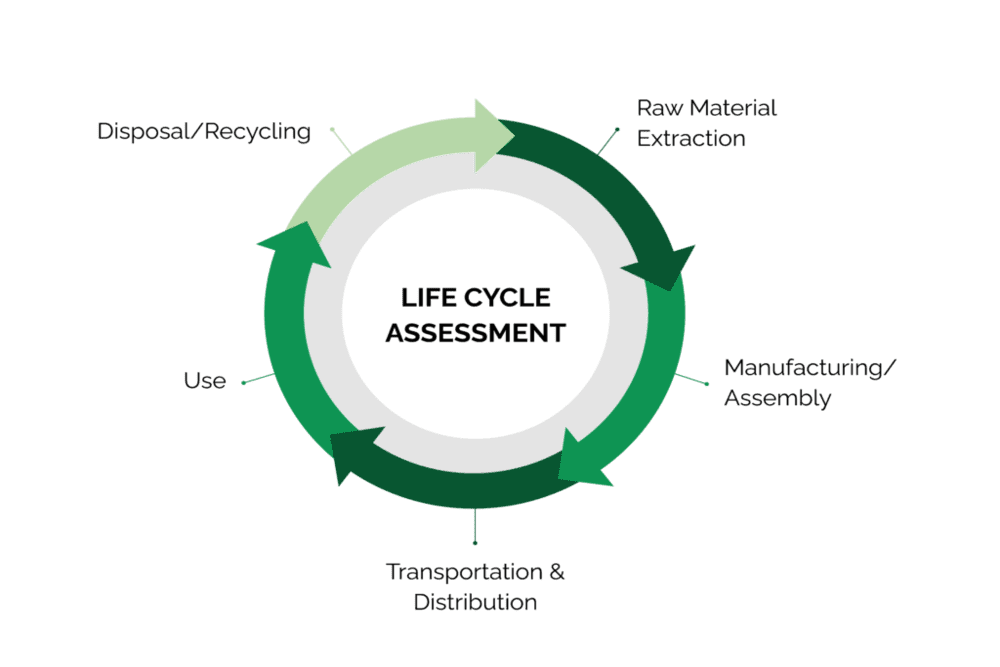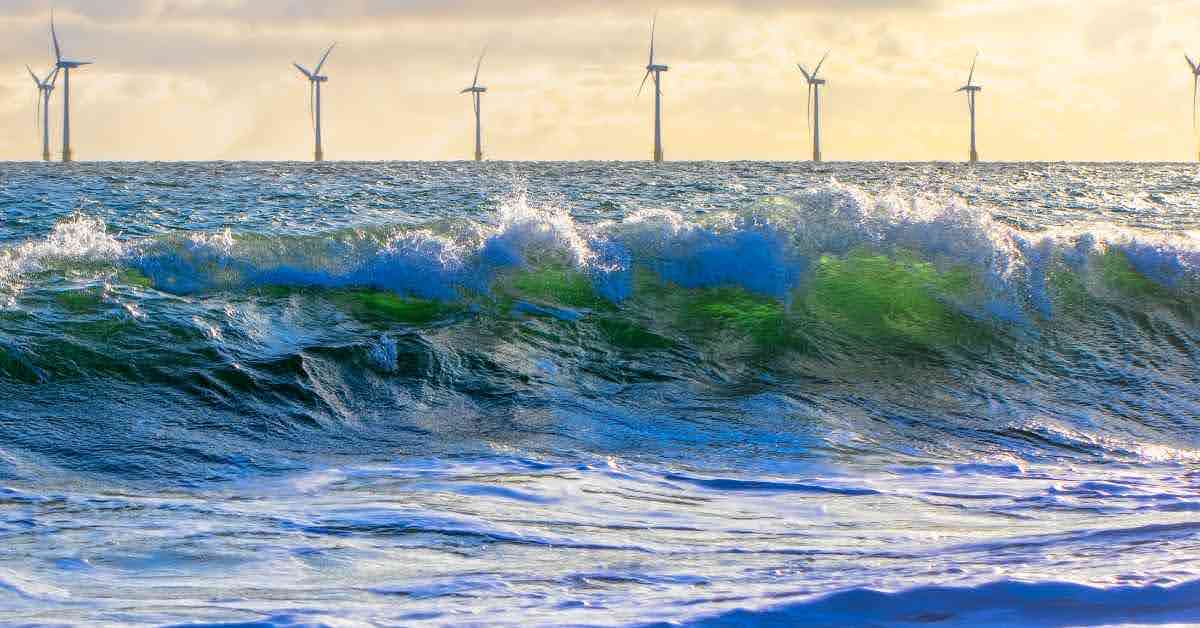Excess carbon emissions are one of the causes of the formation of greenhouse gases which are still a problem today. Basically, the phenomenon of carbon emissions is a face. However, overuse by many industries and companies has a negative impact on the surrounding environment.
Therefore, various parties continue to make efforts to reduce the negative effects of greenhouse gases on the sustainability of living things.
Know Greenhouse Gases
The cause of the formation of greenhouse gases is based on sunlight which is no longer able to reflect its rays perfectly out of the earth’s atmosphere. The earth’s temperature which continues to increase then causes global warming or global warming.
The term greenhouse effect was popularized by scientist Joseph Fourier since 1824. According to him, the greenhouse effect occurs due to the heating process caused by the composition of the atmosphere. This phenomenon is very dangerous for human life and other living things on earth.
Damaged ecosystems will greatly affect the sustainability of various living things. If left untreated, the adverse effects that occur from this phenomenon can be very fatal.
The Process and Causes of the Formation of Greenhouse Gases
The beginning of the greenhouse effect is caused by the reflection of sunlight which then causes damage to the ozone layer. The ozone layer has the main function of blocking sunlight from entering the atmosphere. If the ozone layer is damaged, the earth’s temperature will continue to increase. Warming on earth will also get worse because the level of carbon dioxide will also continue to increase.
Besides carbon dioxide, there are several other substances that cause the formation of greenhouse gases. Some of these substances include methane, sulfur dioxide, and many more. The presence of these substances is triggered by the many processes of burning fuel oil and the like in various types of industries.
The greenhouse effect is actually still needed by the earth. Despite this, today’s greenhouse gas levels have passed normal levels. As a result, the temperature on the earth’s surface becomes increasingly unstable. Geothermal heat that should be reflected out of the atmosphere becomes trapped inside the earth.
This is exacerbated by the use of motorized vehicles and industrial gas waste which is also one of the largest contributors to carbon emissions on earth.
Negative Impact of Greenhouse Gases
The greenhouse effect has caused many losses to the climate and ecosystem. Here are some of the negative impacts generated by greenhouse gases for life.
1. Marine Ecosystem Damage
Sea temperatures are rising drastically making it difficult for coral reefs to develop. Some types of fish are also having difficulty adapting to rising temperatures at sea level.
2. Global Climate Change
Some areas of the earth are experiencing a significant increase in temperature. Starting from tropical areas which are getting hotter even before the dry season, to areas that used to tend to be cold now also have warmer temperatures.
3. Rising Sea Levels
The melting of ice at the North Pole is causing sea levels to rise. Some areas around the world are increasingly being hit by tidal floods every year. Many big cities are predicted to have a risk of sinking due to global warming.
4. Ecological Change
Because the earth’s climate and ecosystems are changing due to global warming, various flora and fauna will also experience changes in their morphological and physiological structures in order to survive. This can be seen from the various types of animals that continue to change their habitat in search of more food sources from time to time.
5. Disturbing State Stability
The phenomenon of crop failure is one proof that greenhouse gases have a negative impact on the economy of a country. Thus, global warming also threatens the food needs of the entire world population.
Substances that Cause the Greenhouse Effect
Here are some types of substances that become cause of the formation of greenhouse gases what people need to know.
1. Carbon Dioxide
Carbon dioxide is obtained from the combustion of fuel oil and the like. Under normal circumstances, carbon dioxide is not harmful. However, these substances can threaten the Earth’s atmosphere if used in excess.
2. Sulfur Dioxide
Sulfur dioxide can be found in coal and petroleum. Burning that produces sulfur dioxide has the potential to cause global warming.
3. Nitrogen Oxide
The reaction between nitrogen and oxygen will produce nitrogen oxides. Areas with high traffic density trigger the emergence of air pollution from nitrogen oxides.
4. Methane
Methane gas is the production of natural gas, petroleum, decomposition of organic waste, and is produced by livestock such as cattle. Although capable of producing large amounts of energy, methane gas also has the potential to harm the environment. Therefore, this gas is one of the triggers for the greenhouse effect.
5. Chlorofluorocarbons
Chlorofluorocarbons are also one such substance cause of the formation of greenhouse gases. With wise use, this gas is safe because it is non-flammable and non-toxic. Chlorofluorocarbons come from air conditioners, such as air conditioners, refrigerators, cleaning fluids, and perfume sprays. Through the Montreal Protocol, chlorofluorocarbons have begun to be phased out.
This is due to the depletion of the ozone layer due to excessive use of chlorofluorocarbons. High levels of Chlorofluorocarbon gas make the temperature on earth rise sharply.
Greenhouse Gas Verification/Validation according to ISO 14065
Since 2021, the government has continued to strive to reduce greenhouse gas emissions by up to 29%. The target for reducing gas emissions from international support is 41% in 2030.
To realize and succeed in this target, the government applies mandatory rules for every company to fulfill the validation and verification of the greenhouse effect with the ISO 14065 standard.
This ISO 14065 Greenhouse Gas Validation and Verification Management System also presents various types of program development tools with the aim of reducing greenhouse gas emissions from various companies.
By implementing this standard, companies are expected to be able to operate in accordance with the emissions trading scheme. The three parts of the calculation and verification standard in this standard are as follows:
- Related to specific conditions for design and development organization or availability of greenhouse effect inventories.
- Contains details on determining levels, monitoring, and reporting on emission reduction and elimination of greenhouse effect projects.
- Conduct a description of the conditions and recommendations in determining the approval and control of greenhouse gas information.
The implementation of Greenhouse Gas Validation and Verification must be carried out by industry players, especially in the energy sector to maintain environmental sustainability. The results of this validation and verification report can also be taken into consideration by consumers and investors, whether the company contributed various types of substances cause of the formation of greenhouse gases or how effective and efficient your company’s emission reduction program has been.
You can Validate and Verify Greenhouse Gases with trusted and professional agencies like Sucofindo. Check out the full details of these services and services at Sucofindo website page.








